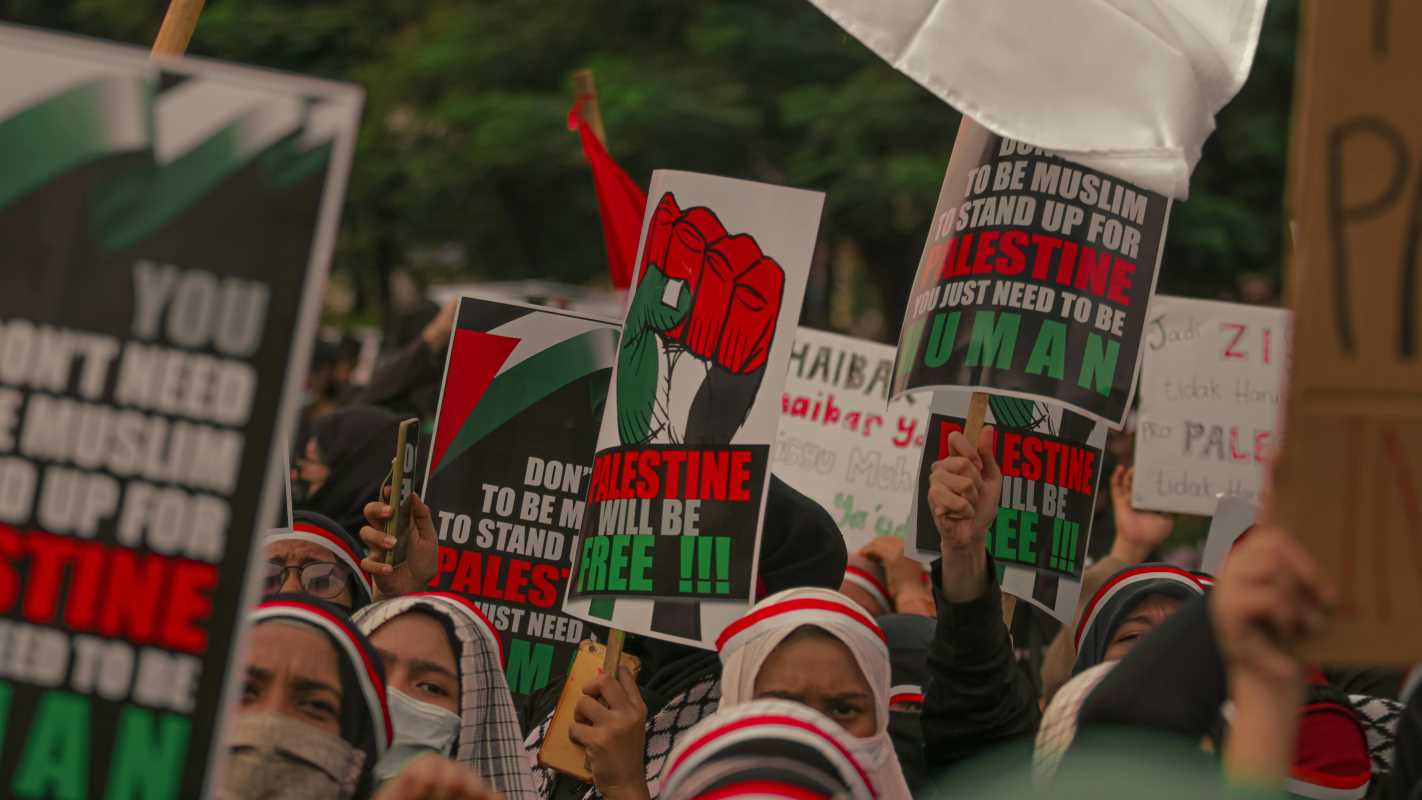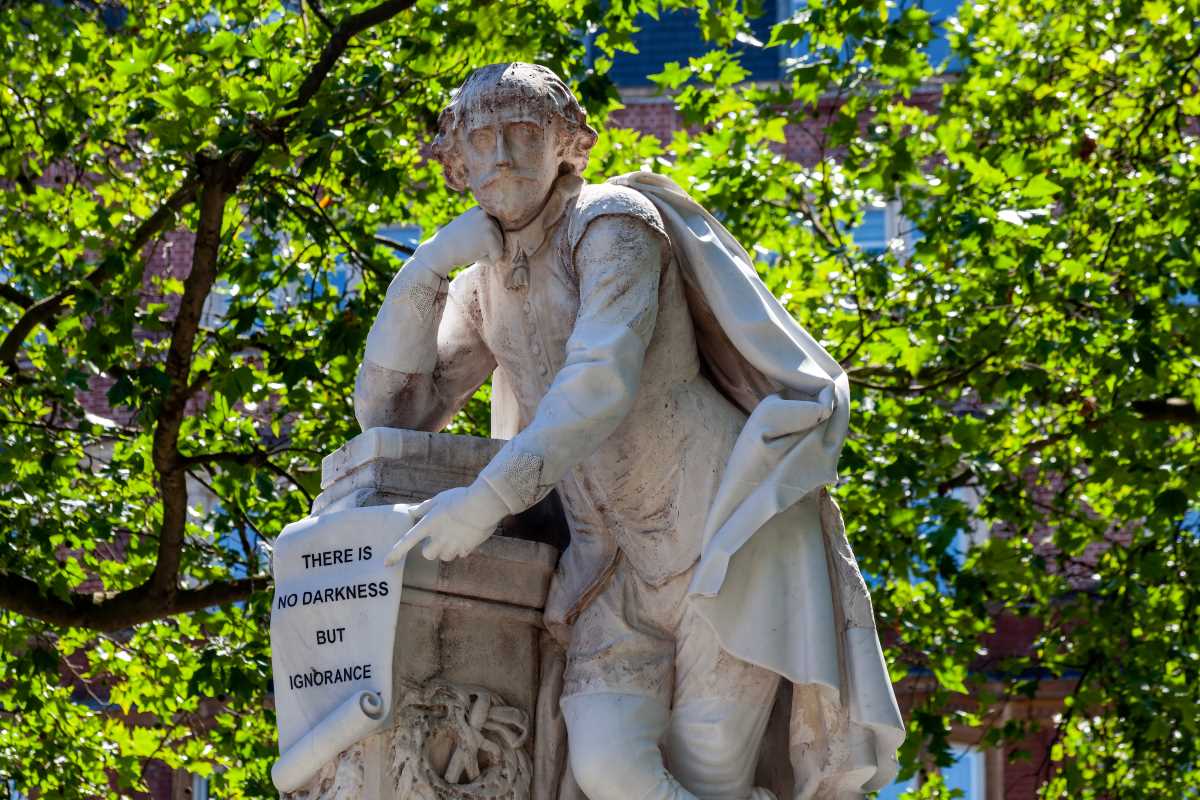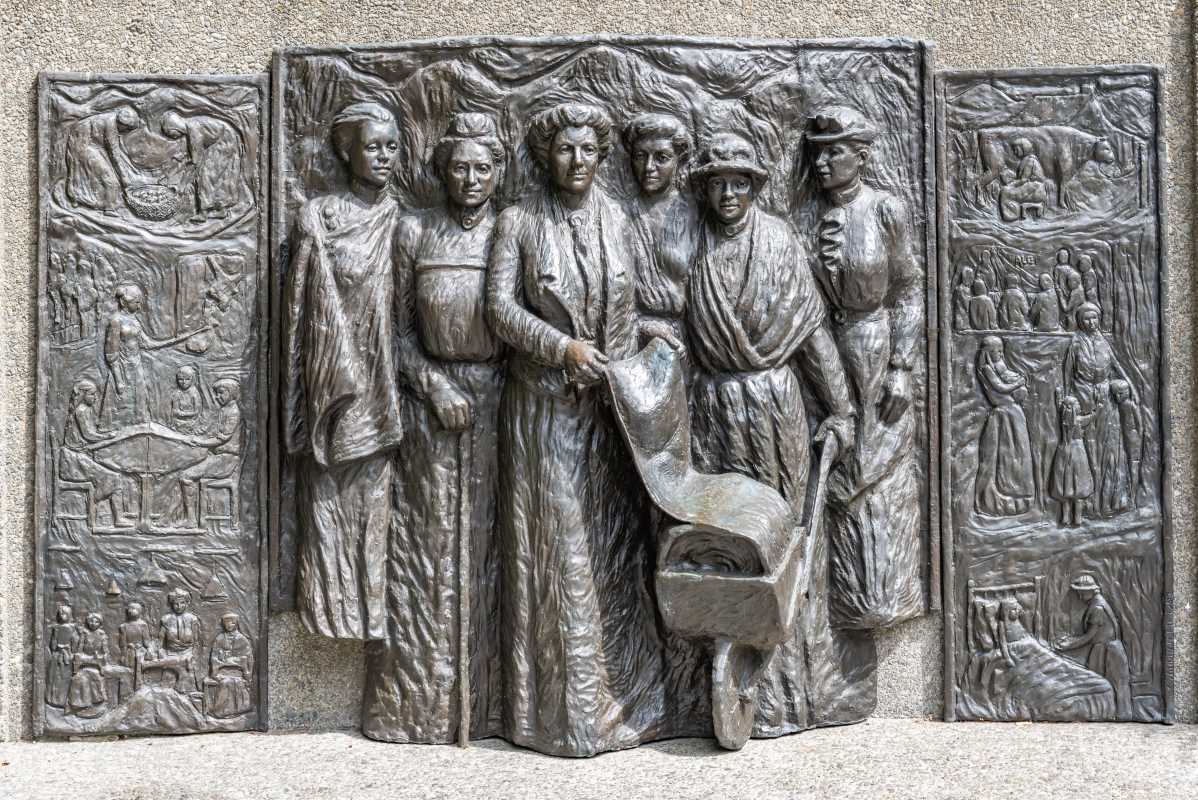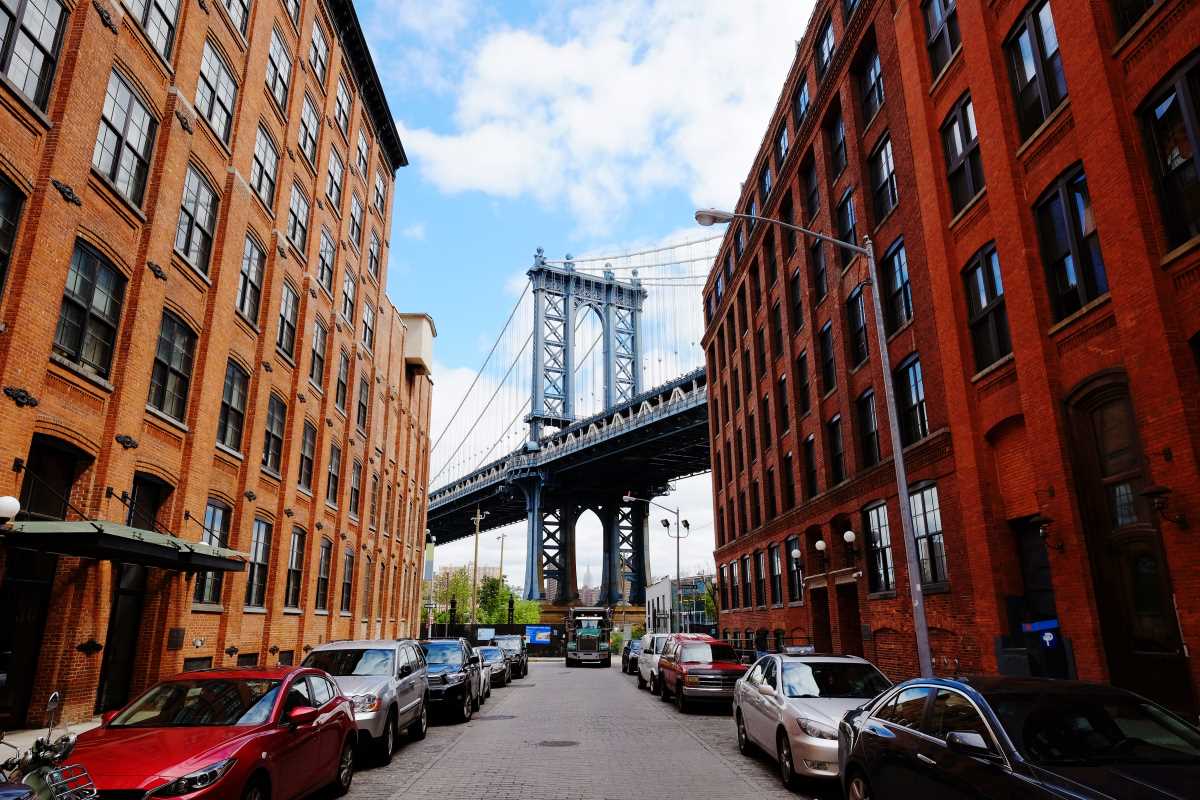Few conflicts have shaped global politics, identity, and moral debate like the struggle between Israelis and Palestinians. For more than a century, this dispute over land, sovereignty, and history has produced wars, displacement, and recurring cycles of hope and despair. The peace deal signed in late 2025, brokered by multiple nations, marks the latest—and perhaps most promising—effort to end a conflict that has defined the Middle East for generations. Understanding how the world reached this point means tracing a long and often tragic journey from the fall of the Ottoman Empire to the fragile ceasefire now holding in Gaza.
A Land Divided: The Origins (Late 1800s–1948)
Before the 20th century, Palestine was a small region under Ottoman rule, populated mostly by Arab Muslims and Christians, with a modest Jewish minority. In the late 1800s, amid growing European nationalism and anti-Semitism, the Zionist movement emerged, seeking to establish a Jewish homeland in the biblical land of Israel. Jewish immigration to Ottoman Palestine increased in waves, bringing both new communities and rising friction with the Arab residents who already lived there.
When the Ottoman Empire collapsed after World War I, Britain took control under the League of Nations Mandate for Palestine. In 1917, the Balfour Declaration—Britain’s promise to support “a national home for the Jewish people”—set the stage for conflict. It gave hope to Zionists but alarmed Arab Palestinians, who saw it as a threat to their own national aspirations.
During the British Mandate period (1920–1948), tensions escalated. Jewish immigrants bought land, Arab peasants were displaced, and both sides formed armed groups. Arab revolts against British rule broke out in the 1930s, while Jewish paramilitary organizations like the Haganah and Irgun began preparing for future independence. Britain, caught between conflicting promises and violent unrest, struggled to maintain control.
By the end of World War II, the horrors of the Holocaust generated global sympathy for Jewish refugees. The demand for a Jewish state grew stronger, and Britain, exhausted by violence, referred the issue to the newly formed United Nations. In 1947, the UN proposed partitioning Palestine into separate Jewish and Arab states. The Jewish leadership accepted the plan; Arab leaders rejected it, refusing to legitimize a Jewish state on what they considered Arab land.
The Birth of Israel and the Palestinian Catastrophe (1948–1967)
On May 14, 1948, the Jewish Agency declared the independence of the State of Israel. Within hours, neighboring Arab countries invaded. The 1948 Arab–Israeli War ended with an Israeli victory, but at immense human cost. Over 700,000 Palestinians were displaced or fled—what Palestinians call the Nakba, or “catastrophe.” Israel emerged with more territory than the UN plan had allocated, while Jordan took control of the West Bank and East Jerusalem, and Egypt administered Gaza.
This division would define the next two decades. Palestinians, now stateless refugees in neighboring countries, formed the core of a growing nationalist movement. In 1964, the Palestine Liberation Organization (PLO) was created, advocating for the liberation of all historic Palestine. Meanwhile, Israel, surrounded by hostile states, focused on security and survival.
The next turning point came in 1967. During the Six-Day War, Israel defeated Egypt, Jordan, and Syria, capturing the Sinai Peninsula, the Golan Heights, East Jerusalem, the West Bank, and the Gaza Strip. For the first time, Israel occupied all territories Palestinians hoped would one day form their state. The occupation fundamentally changed the conflict: now it was not just about refugees, but also about land, settlements, and military control.
Hope and Frustration: The Oslo Era (1987–2000)
Two decades of occupation led to growing Palestinian frustration. In 1987, the First Intifada, or uprising, erupted across the West Bank and Gaza. Mostly driven by grassroots protest and civil disobedience, it drew the world’s attention to the daily realities of life under occupation. It also forced both sides toward dialogue.
Secret negotiations in Norway produced the Oslo Accords in 1993. In a historic moment on the White House lawn, Israeli Prime Minister Yitzhak Rabin and PLO Chairman Yasser Arafat shook hands, symbolizing mutual recognition. The accords created the Palestinian Authority (PA), granting limited self-rule in parts of the West Bank and Gaza, and set a five-year timeline for resolving “final status” issues—Jerusalem, refugees, borders, and settlements.
The promise of Oslo was immense, but so were its flaws. The accords left the hardest issues unresolved, and violence did not stop. Extremists on both sides undermined trust. In 1995, Rabin was assassinated by an Israeli ultranationalist, a devastating blow to the peace camp. Settlement construction in the West Bank continued, and Palestinians grew disillusioned as life under occupation barely improved.
By 2000, negotiations had stalled. The Camp David Summit between Arafat and Israeli Prime Minister Ehud Barak failed to produce an agreement. When opposition leader Ariel Sharon visited the Temple Mount/Haram al-Sharif that same year, widespread riots erupted into the Second Intifada—a far more violent conflict that killed thousands and hardened attitudes on both sides.
Division and Deadlock (2005–2023)
In 2005, Israel unilaterally withdrew from Gaza, removing all settlements and troops. The move, intended to reduce conflict, instead created new challenges. In 2006, the Islamist group Hamas won Palestinian legislative elections, defeating Fatah, the dominant faction in the PA. A year later, Hamas seized control of Gaza after a brief civil war, splitting Palestinian leadership between the PA-led West Bank and Hamas-ruled Gaza.
Israel and Egypt imposed blockades on Gaza, citing security concerns. Over the next decade, the region witnessed multiple wars—2008, 2012, 2014, and beyond—each involving rocket attacks from Gaza and devastating Israeli airstrikes. The humanitarian situation in Gaza worsened drastically, with shortages of electricity, clean water, and medical care. International efforts at mediation, including by the U.S. and Egypt, repeatedly failed.
Meanwhile, Israeli politics moved steadily rightward. Settlement expansion continued across the West Bank, and the idea of a two-state solution grew increasingly fragile. Palestinians, divided between Fatah and Hamas, lacked unified leadership. By the early 2020s, many analysts viewed peace as a distant dream.
Then came October 7, 2023—a day that reignited the conflict on an unprecedented scale. Hamas launched a surprise assault on southern Israel, killing over a thousand civilians and taking hostages. Israel responded with massive airstrikes and a ground invasion of Gaza. Over the next two years, tens of thousands were killed, and much of Gaza was destroyed. The humanitarian crisis became one of the worst in modern history, prompting global outrage and renewed diplomatic urgency.
The Path to Peace: Negotiations and the 2025 Deal
By late 2024, war fatigue and international pressure had created conditions for negotiation. Qatar, Egypt, Turkey, and the United States led months of back-channel talks. The focus shifted from total victory to humanitarian relief and gradual de-escalation. The idea was to build peace in phases, each contingent on verified compliance.
In early 2025, mediators drafted a 20-point peace plan. The first phase, agreed upon that spring, centered on a ceasefire, hostage exchanges, and humanitarian access. By October 2025, both sides had implemented the initial terms: Hamas released the remaining 20 Israeli hostages, Israel freed nearly 2,000 Palestinian prisoners, and Israeli forces withdrew from Gaza’s most populated zones.
The deal was formalized at the Sharm El Sheikh Peace Summit in Egypt, attended by leaders from over twenty nations. The U.S., Qatar, Egypt, and Turkey co-signed the agreement, while Israel and Hamas representatives participated indirectly. Notably, Israeli Prime Minister Benjamin Netanyahu, under intense political pressure at home, did not attend—though his government endorsed the terms.
Phase two of the plan, still being negotiated, includes Gaza reconstruction under international supervision, a framework for political reunification between Hamas and the PA, and discussions about a demilitarized Palestinian state within provisional borders. Later phases aim to address final status questions, including the future of Jerusalem and long-term refugee rights.
Why This Moment Feels Different
While many peace efforts have failed before, the 2025 deal represents several significant shifts.
First, the regional dynamic has changed. Arab states like Egypt, Qatar, and Turkey are heavily invested in preventing another Gaza war, and several Gulf countries—already normalized with Israel—have backed the process financially. Their involvement gives the deal both legitimacy and leverage.
Second, international mediation has been more balanced. Unlike previous U.S.-centric efforts, this deal involves multiple power brokers, diluting accusations of bias. The United Nations and humanitarian agencies have direct roles in monitoring compliance and aid distribution.
Third, there is public exhaustion. After two years of relentless war, both Israelis and Palestinians face social and psychological collapse. For many, survival now outweighs ideology. Polls conducted in early 2025 showed record levels of support for a ceasefire among both populations.
Finally, the deal builds in gradual trust-building rather than expecting instant political transformation. By tying humanitarian relief and reconstruction to verified steps of demilitarization and governance reform, mediators hope to prevent the “Oslo trap” of unfulfilled promises.
The Challenges Ahead
Despite cautious optimism, the obstacles remain enormous. The political split between Hamas and the Palestinian Authority is unresolved. Israel’s domestic politics are volatile, with hardline factions opposing any concessions. Reconstruction in Gaza requires billions of dollars and international oversight to prevent renewed conflict.
Security remains the hardest issue. Israel demands guarantees that Hamas will disarm and that Gaza won’t again become a launch site for attacks. Hamas, while weakened, insists on maintaining its political relevance and rejects total demilitarization. The question of who governs Gaza—Hamas, the PA, or an international administration—remains unanswered.
And looming over all of it are the core final status questions: the borders of a future Palestinian state, the fate of refugees, and the status of Jerusalem. These unresolved issues have derailed every peace effort before, and they will test this one as well.
A Fragile Hope
As of autumn 2025, the ceasefire holds. Crossings into Gaza have reopened for aid convoys, displaced families are slowly returning to the ruins of their neighborhoods, and hostages have returned home. Yet the scars of the 2023–2025 war run deep. Entire generations of Palestinians have grown up amid rubble and loss; Israelis still grapple with trauma and fear. Peace will require not only political agreements but a rebuilding of trust, dignity, and mutual recognition that has long been absent.
Still, the 2025 peace deal represents something rare: a moment when both sides, after enduring unbearable suffering, have decided that endless war offers no future. Whether this fragile step becomes a foundation for lasting peace depends on what happens next—in the corridors of diplomacy, but also in the hearts of ordinary people who, for the first time in years, dare to imagine life without sirens or bombs.
 (Image via
(Image via





